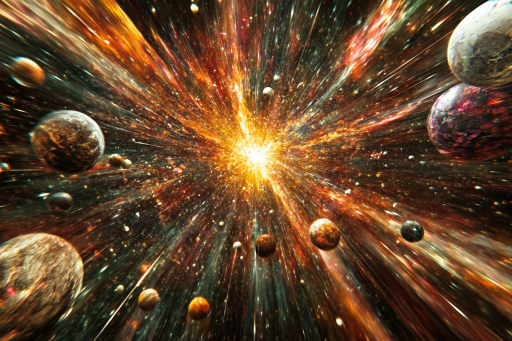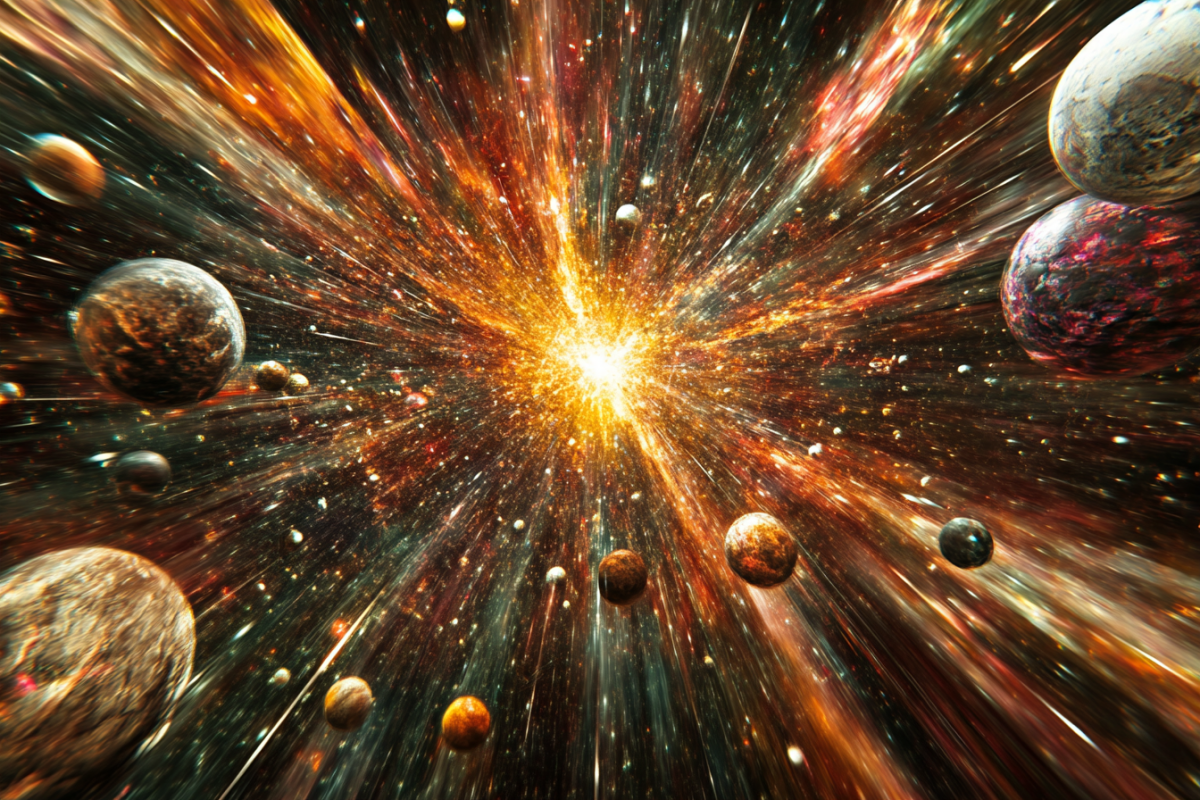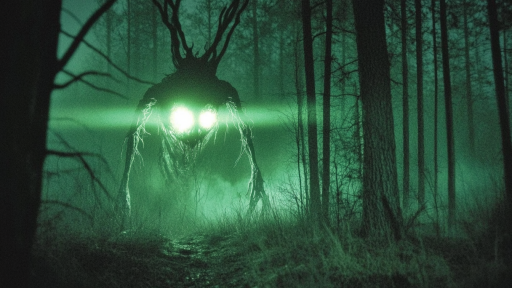
The universe is a vast and mysterious place, filled with phenomena that continue to baffle even the brightest scientific minds. From inexplicable radiation bursts to galaxies that seem to defy known physics, the cosmos regularly presents puzzles that shatter our assumptions about reality. These cosmic oddities push the boundaries of what we thought was possible, hinting at hidden forces, unknown dimensions, and perhaps even alternate versions of reality. As you explore these astonishing anomalies, prepare to rethink everything you thought you knew about space.
The Cold Spot in the Cosmic Microwave Background

Deep within the afterglow of the Big Bang lies a massive region known as the Cold Spot—an area significantly cooler than its surroundings. Scientists struggle to explain this vast temperature dip, with theories ranging from statistical fluke to the imprint of a parallel universe. Its sheer scale and deviation from expected patterns continue to challenge our understanding of the universe’s early days.
Galaxies That Rotate Without Dark Matter

Astronomers have identified galaxies whose stars rotate in a way that suggests little to no dark matter—a substance long considered essential for galactic stability. These “missing dark matter” galaxies defy the conventional model that relies on dark matter’s gravitational influence. Their existence may point to gaps in our current understanding of gravity or the need for an entirely new framework.
The Great Attractor

The Milky Way, along with countless other galaxies, is being pulled toward an unseen force known as the Great Attractor. Located in a zone obscured by our own galaxy, this gravitational anomaly exerts a mysterious tug that challenges current models of cosmic distribution. Its nature remains largely speculative, fueling debates about what lies beyond the veil of our observational reach.
Fast Radio Bursts That Repeat

Fast Radio Bursts (FRBs) are high-energy astrophysical phenomena that last mere milliseconds—but some of them repeat with eerie precision. Their origins remain unclear, ranging from neutron stars to potential signs of extraterrestrial technology. The repeating patterns only deepen the mystery, challenging established theories about cosmic communication.
The Dark Flow Phenomenon

Clusters of galaxies appear to be moving at incredible speeds in a common direction, a phenomenon dubbed Dark Flow. This motion doesn’t align with the expected expansion of the universe and cannot be explained by known gravitational sources. It has led some to propose the influence of structures or forces beyond our observable universe.
The Galaxy Without Stars

Located in the constellation Virgo, a strange object named VIRGOHI21 appears to be a galaxy made almost entirely of hydrogen gas—with no visible stars. Its massive gravitational effects suggest it behaves like a galaxy, but its dark, starless nature raises questions about how galaxies form and what constitutes one. It may represent a new type of cosmic structure entirely.
Tabby’s Star and Its Dimming Mystery

Tabby’s Star captured global attention when it began dimming in irregular, dramatic intervals. Unlike typical stellar behavior, the star’s light dips don’t match those caused by orbiting planets or dust. Speculation ranges from swarms of comets to alien megastructures, though no explanation has fully accounted for the phenomenon.
The Void in the Bootes Constellation

The Bootes Void is a colossal region of space containing far fewer galaxies than expected—essentially a cosmic desert. Spanning nearly 330 million light-years, it challenges current models of how matter is distributed throughout the universe. Its existence implies that large-scale structure formation might be more complex than once believed.
Quantum Entanglement Across Cosmic Distances

Photons separated by billions of light-years have shown signs of quantum entanglement, reacting to each other’s state instantaneously. This phenomenon defies classical physics and suggests that particles remain connected in ways that transcend space and time. The implications could rewrite the rules of causality and challenge the limits of relativity.
Galaxies That Exist in the Early Universe

Some galaxies appear to have formed too quickly and too early after the Big Bang to fit existing models of cosmic evolution. These ancient structures are massive and mature, defying the expected timelines of galaxy formation. Their presence raises fundamental questions about how the universe evolved in its infancy.
Stars That Shouldn’t Exist

Astronomers have discovered stars with chemical compositions and lifespans that contradict established theories of stellar life cycles. Some appear to be older than the universe itself, while others exhibit strange energy outputs. These anomalies could point to unknown phases of stellar evolution—or entirely new types of stars.
Mysterious Gamma-Ray Bubbles in the Milky Way

Giant gamma-ray-emitting bubbles have been detected extending above and below the Milky Way’s core. Known as the Fermi Bubbles, their origin remains a mystery, with hypotheses including past black hole eruptions or starburst activity. Their symmetrical shape and energy defy easy explanation and suggest a violent history for our galaxy.
The Accelerating Expansion of the Universe

Initially, scientists expected the universe’s expansion to slow down over time due to gravity. Instead, observations show it’s speeding up—an effect attributed to a mysterious force called dark energy. This acceleration throws cosmic destiny into question and demands a deeper understanding of the fundamental forces at play.
The Missing Antimatter Problem

The Big Bang should have created equal amounts of matter and antimatter, which would have annihilated each other. Yet, our universe is overwhelmingly composed of matter, with antimatter virtually absent. This imbalance remains one of physics’ most confounding problems, hinting at unknown asymmetries in the laws of nature.
The Loneliest Galaxy in the Universe

Galaxy MCG+01-02-015 floats in near-total isolation, with no nearby galactic neighbors for over 100 million light-years. Its lonely existence defies typical cosmic clustering patterns and raises questions about its formation and survival. Studying such solitude offers unique insights into how galaxies interact—or don’t—over cosmic time.
Is Reality Stranger Than We Imagine?

The universe is more than stars and voids—it’s a realm of paradoxes, unanswered questions, and phenomena that seem to defy logic. These anomalies are not just curiosities; they are cosmic clues pointing to deeper truths about existence. As our instruments improve and our understanding expands, one thing becomes clear: the more we learn, the more mysterious the cosmos becomes. Could it be that reality itself is far stranger than we ever imagined?





